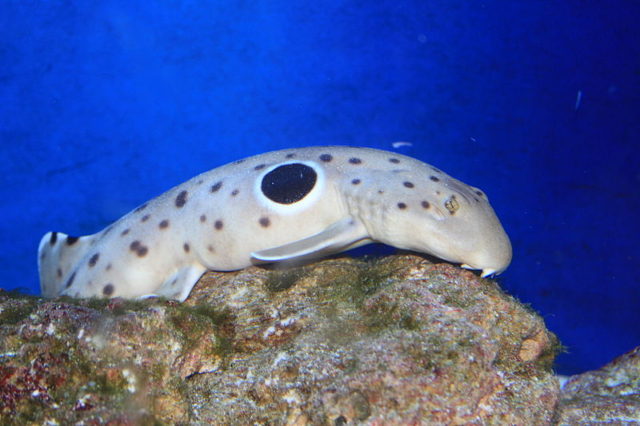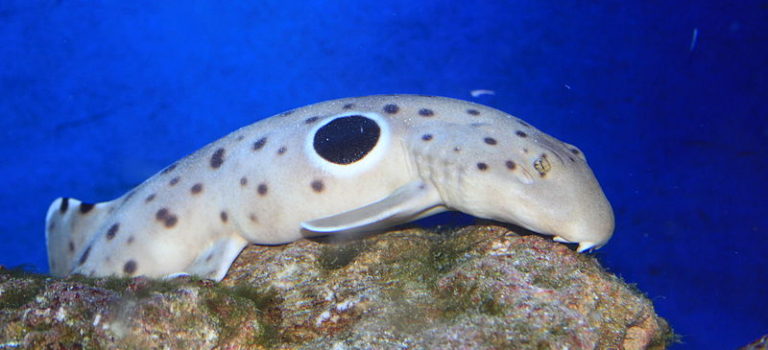What do you get when you mix cornflour and water together? Those of you that are regulars to this blog will know by now that you get a Non-Newtonian fluid… commonly called Ooblecks.
Cad a fhaigheann tú nuair a mheascann tú gránphlúr agus uisce le chéile? Má leanann tú an blog seo go rialta, tuigfidh tú go bhfaigheann tú sreabhán neamh-Niútanach nó ‘Ooblecks’.
What is a Non-Newtonian fluid? Well we know that most matter is either a solid, a liquid or a gas, but a Non-Newtonian fluid breaks the rules a little. Sometimes it acts like a liquid and sometimes it acts like a solid, and that can make for a LOT of fun!
Cad atá i gceist le sreabhán neamh-Niútanach? Bhuel, tá a fhios againn go bhfuil an chuid is mó d’ábhar ina soladach, leacht nó gás ach briseann sreabhán neamh-Niútanach na rialacha beagán. Uaireannta gníomhaíonn sé mar leacht agus uaireannta eile, mar sholadach. Is féidir an-spraoi a bheith agat leis, dá bharr sin!
If it is that much fun, why not make a huge vat of it, right? An interesting theory and one that we just had to try! Thankfully everyone over at Meangadh Fibín felt the same way. They are currently filming a fantastic new science series, for children, to be aired in 2016 on Cúla 4, TG4. The series, called Is Eolaí mé (I am a scientist) is all about exploring the curiosity of science; the what ifs? the whys? and the hows? Best of all it is full of great experiments and a real hands-on approach to science.That brings us back to the subject of ooblecks… what can you do with a huge vat of the stuff? A LOT!
Má tá an méid sin spraoi le baint as, nach mbeadh dabhach mór dhe do-chreidte spraoiúil?! Bhí orainn triail a bhaint as agus bhí gach éinne i Meangadh Fibín den tuairim céanna. Tá siad i lár scanánaíocht don sraith teilifíse eolaíochta nua do pháistí, a chraolfar i 2016 ar Cúla4 ar TG4. Is Eolaí Mé is ainm don chlár a fhiosraíonn ceisteanna móra na heolaíochta; cad má? cén fáth? conas? Tá sé lán le trialacha eolaíochta iontacha agus tá cur chuige teagmhálach aige freisin. Tógann sé sin ar ais ag Ooblecks muid… cad is féidir a dhéanamh le dabhach mór de stuif? NEART!
On Friday, in the small hours of the morning, one tonne of cornflour was mixed with a fair amount of water… using a cement mixer and a lot of time and patience.
I lár na hoíche ar an Aoine, meascadh tonna gránphlúr le méid suntasach uisce… ag úsáid meascthóir stroighne, an-chuid ama agus foighne.

The result was a trough full of Ooblecks… one metre wide, three and a half metres long and 38 cm deep.
An toradh a bhí ann ná dabhach lán le Ooblecks… méadar leathan, trí go leith méadar ar fhaid agus 38cm domhain.

Two diligent young scientists carried out some quality control testing before the crowd arrived. The crowd in question was a few hundred bemused students at Colaiste Lurgan, Inveran.
Bhí beirt eolaí óga díograiseach ann le rialú caighdeán a chur air roimh a thánaig an slua – cúpla céad macléin mearbhallach ó Choláiste Lurgan, Indreabhán.

Once we got the nod from the young science team it was time to for the fun to begin. Peadar, the shows main presenter, had a test run…
Chomh luath is a raibh an nod ón fhoireann eolaíochta óg, bhí sé in am don spraoi tosnú! Bhí rith tástála ag Peadar, atá mar láithreoir ar an gclár…

Then there was ballet, juggling, limbo, hurling and a lot more besides… all on top of the Ooblecks.
Ansin bhí ballet, lámhchleasaíocht, limbo, iománaíocht agus neart eile leis… uilig ar bharr an Ooblecks.

It wasn’t long before everyone wanted a go!
Ní fada go raibh gach éinne ag lorg deis triail a bhaint as!

As far as we are aware, this is the first time anything like this has been attempted in Ireland; it certainly caught the attention of local media and made the day’s news (Nuacht) on TG4, take a look! (It is at the 10 minute point.)
Chomh fada is atá a fhios againn, ‘sé an chéad uair gur baineadh triail as seo in Eirinn; agus tharraing sé aird na meáin áitiúla freisin – gliogáil ar (Nuacht) TG4 le tuilleadh a fheiceáil. (Ar an marc 10 nóiméad.)
It was a fantastic day with lots of surprises… if you don’t have “walking on ooblecks” on your bucket list then I strongly suggest you add it! I can now tick that box!
Lá iontach a bhí ann le an-chuid iontais… agus muna bhfuil ‘siúil ar ooblecks’ curtha le liosta do mhianta mholfainn duit é a chur leis! Is féidir liomsa tic a chur sa bhosca sin anois!

So what happens if you do sink into that much Ooblecks? You’ll have to watch the programme to find out! Is Eolaí Mé will air in early 2016.
So, cad a tharlaíonn nuair a siúlann tú ar Ooblecks? Beidh ort breathnú ar an gclár le fáil amach. Craolfar Is Eolaí Mé go luath i 2016.
Want the science bit? Ooblecks is what we call a Non Newtonian Fluid… meaning that it does not follow the laws of Newtonian Physics. When left to rest it looks just like a regular liquid. However when disturbed by strong hitting, shaking or pulling it acts more like a solid. It is a phenomenon worth studying and although still a bit of an enigma, scientists think that the material normally acts as a liquid but can produce a sudden, local reaction to rapid impact and stress, reinforcing the area and briefly solidifying the suspension.
Ar mhaith leat an eolaíocht taobh thiar de idir an dá linn? Is sreabhán neamh-Niútanach é Ooblecks, rud a chialaíonn nach leanann sé rialacha Fisic Niútanach. Nuair a fágtar socar é tá cuma leachtach air. Ach, nuair a suaithtear é tríd é a chraitheadh, a bhuaileadh nó é a tharraingt, gníomhaíonn sé cosúil le soladach. Is feiniméin é gur fiú a staidéar agus cé nach bhfuil tuiscint iomlán air, ceapann eolaíthe go gníomhaíonn an ábhar cosúil le leacht de gnáth – ach gur féidir leis frithghníomhú tobann, logánta a chothú i gcoinne brú agus imbhualadh gasta. Treisíonn sé seo an ceantar agus cothaíonn sé fuaidreán soladach gairid san ábhar.
A huge thanks to the lovely Sadhbh over at Where Wishes Come From for translating this blog post for me. There seems to be no end to that lady’s talents!








